From The Tenth Amendment Center:
What is the Constitution?
22. May, 2010
by Rob Natelson
What is the Constitution?
It is a document designed to protect our freedom by imposing law on those who wield political power. Without such law, Americans would be under the constant threat of tyranny.
The word “constitution” did not always refer to a particular document. The word is based on the Latin verb constituere, which means to arrange or decide. In its original English sense, a “constitution” was how a political system was set up. People spoke (and sometimes still speak) of the unwritten and evolving “constitutions” of Britain and of the ancient Roman republic.
As I explain in The Original Constitution, the American Founders acknowledged a huge debt to the British and Roman traditions, but they consciously rejected the British and Roman approach to constitutions. Specifically, they rejected the “evolutionary” and “unwritten” constitutional idea in favor of a written document that would lay out the rules in an clear and organized fashion.
There were only a few precedents for this approach: Sweden’s “Instrument of Government” was probably the first. Under Oliver Cromwell (1649-58), the English adopted a short-lived “Instrument of Government,” and then a short-lived “Humble Petition and Advice.” The name of the latter English constitution suggests how little those documents tempered Cromwell’s autocracy.
At the dawn of Independence, however, Americans had lived under colonial charters for a century and half, so they knew a written constitution could work. From 1776 to 1780, the Founding Generation promulgated state constitutions or “frames of government” for Vermont and for eleven of the thirteen original states. (Connecticut and Rhode Island, simply amended their colonial charters.)
In 1776, the Continental Congress began to draft our first national constitution, the Articles of Confederation. It was fully ratified in 1781. When the Articles proved insufficient, a federal convention proposed, and state conventions ratified, our present U.S. Constitution.
As I discuss in The Original Constitution, the Founders had certain common goals and values. To understand what our Constitution really is, we need to understand one goal in particular: To protect liberty by imposing law, in the form of objective and clear rules, on government officials.
In seeking to protect liberty by imposing law on political officeholders, the Founders walked in the Biblical and English traditions. For millennia, governments had promulgated laws to control their subjects but only ancient Israel and England seriously sought to control those in power. In England, the best-known steps of this sort were Magna Carta and the English Bill of Rights.
However, the American state and federal constitutions—and particularly the U.S. Constitution—imposed law on the government in a much more systematic way. The basic rules were collected in a single document. Moreover, as I explain in The Original Constitution, nearly all the terms in that document are very clear when read by the light of the Founders’ language, history, and law.
The courts were empowered to enforce the rules in the Constitution. If necessary, the courts could interpret them, but only by using the methods courts normally used in interpreting legal documents.
Get the New Book Today!
When politicians violated the rules, their actions were void. In case a change in the rules was necessary, the Constitution included an amendment process.
Although the U.S. Constitution provided for a large measure of democratic governance, the Founders knew that there could be too much of a good thing: After all, it was the democratic government of Athens that had killed Socrates. So they imposed law even on those officeholders that were democratically elected.
Yet writing down the rules this way also was a profoundly democratic act. It enabled any citizen—or at least any citizen with a smattering of legal knowledge—to understand his own rights and the limits of government action. For the people at large, this was a tremendously empowering event.
By imposing law on the law-givers, the Constitution was key to the brilliant American success story.
Rob Natelson is a long-time Professor of Law at the University of Montana and a leading constitutional scholar. He is co-author of a forthcoming book on the Necessary and Proper Clause to be published by Cambridge University Press. He is also the author of The Original Constitution: What it Actually Said and Meant, published by the Tenth Amendment Center. Professor Natelson will shortly be leaving academia to work full-time at the Independence Institute.
Monday, May 24, 2010
Subscribe to:
Post Comments (Atom)
.gif)



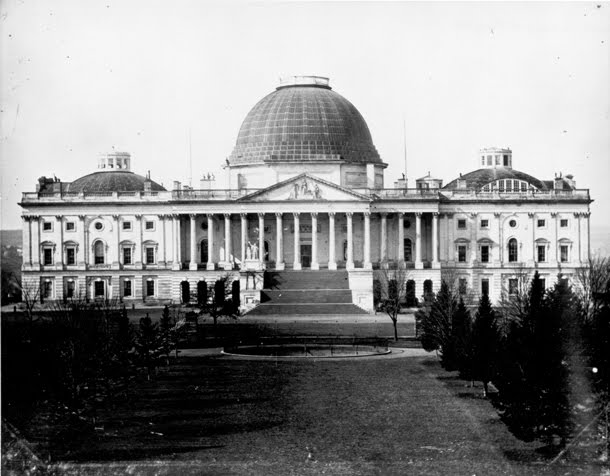









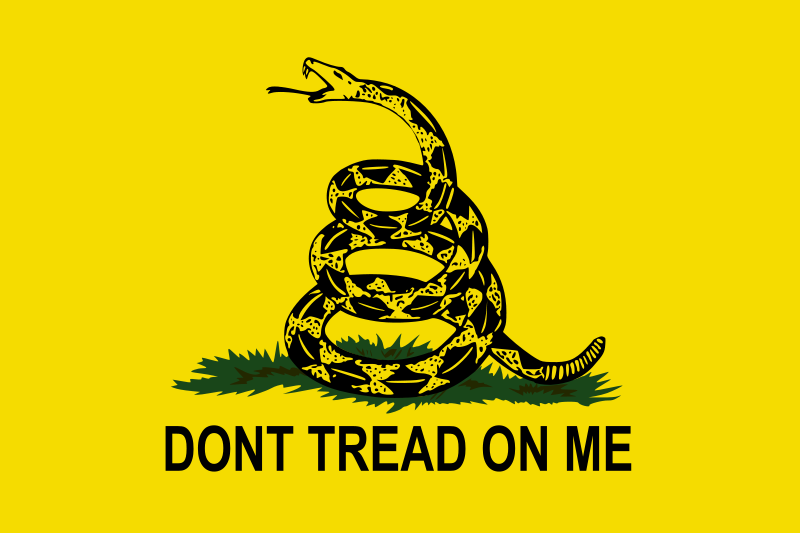
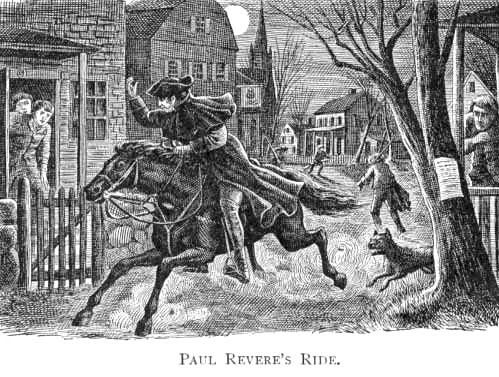

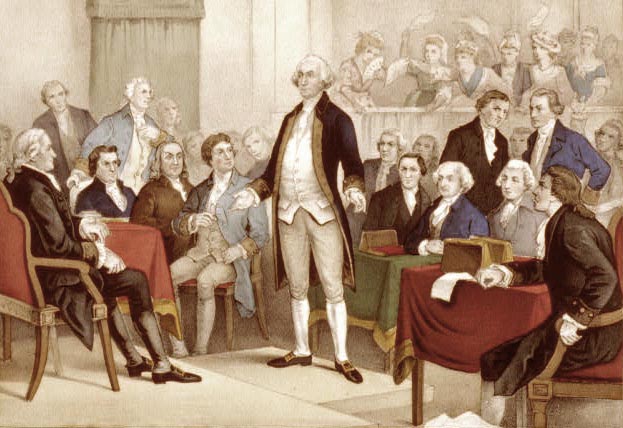

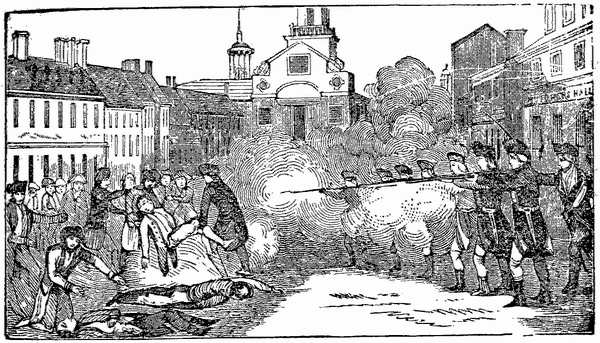
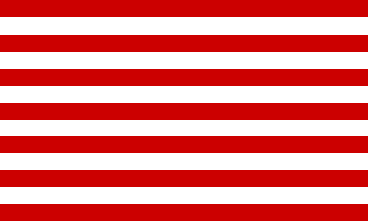
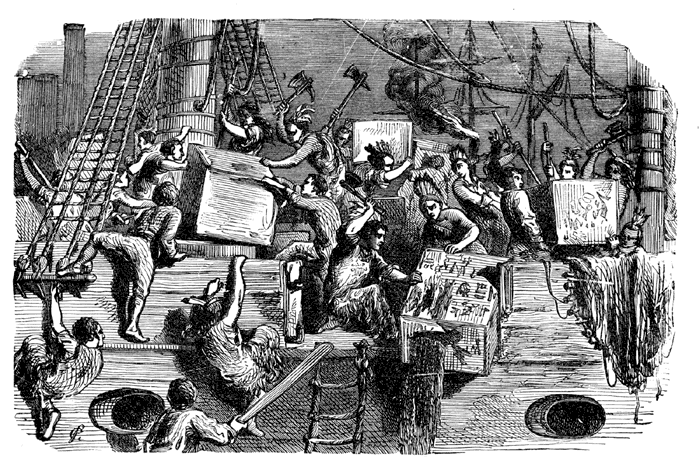




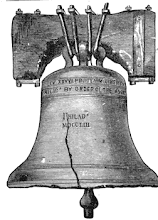




No comments:
Post a Comment